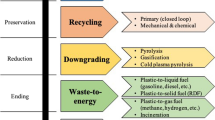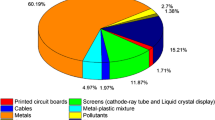Summary
The use of containers in maritime transport is enormous, in 2000 4 million containers arrived at Rotterdam. 60% of the containers is gassed of which 25% shows levels above the MAC value (TNO 2007). All gasses currently used pose health problems on workers. The most commonly used gasses are phosphine, methylbromide and 1, 2-dichloroethane. In one year (Oct 2008–Oct 2009) we investigated 33 victims of acute (incidents) or chronic exposure to gasses. Most workers were exposed to 1, 2 dichloro-ethane or phosphine.
Nearly all workers showed disfunctioning of the central nervous system: especially decreased concentration and short term memory, some exhibited also changes in personality. Phosphine and methylbromide also give rise to painful peripheral neuropathy, the latter also to seizures. Carbondioxide together with low oxygen leads to severe headache, dyspnea and tightness of the chest. Depending on the severity of the intoxication revalidation programs can achieve better health perspectives. Unfortunately not all patients recover completely.
To really solve the health problems associated with the use of gas in containers is to ban by legislation the gasses in containers or ensure 100% control.
Similar content being viewed by others
Reference
RIVM (2007). Trend analysis harmful gases in shipping containers. Report 609321001. RIVM Bilthoven, the Netherlands
Author information
Authors and Affiliations
Rights and permissions
About this article
Cite this article
Verschoor, A.H., van Leeuwen, H.J. & Verschoor, L. Health problems in handling gassed containers. Zbl Arbeitsmed 60, 246–247 (2010). https://doi.org/10.1007/BF03344291
Published:
Issue Date:
DOI: https://doi.org/10.1007/BF03344291




